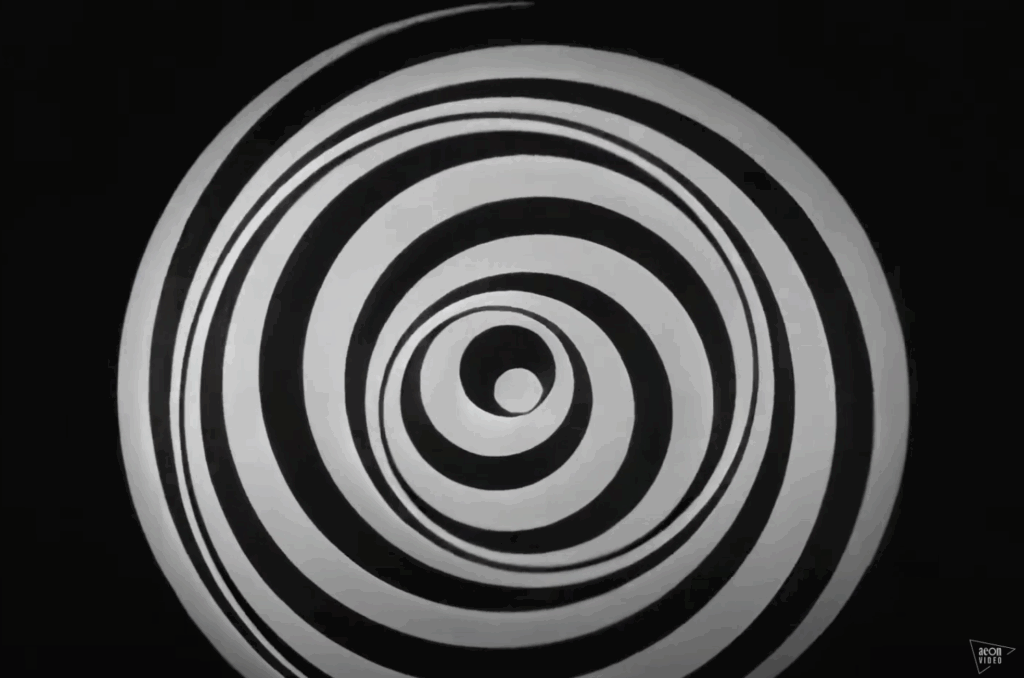
"Marcel Duchamp's goal was to 'put art back in the service of the mind,' creating a synergy between language, thought, and vision. His film Anémic Cinéma exemplifies this aim through nine optical illusions and complex wordplay."
"Anémic Cinéma, created in 1926, showcases nine whirling optical illusions known as Rotoreliefs, incorporating spiraling puns that fuse vision and language, exemplifying Dadaist principles."
Marcel Duchamp aimed to integrate art with the mind, best exemplified in his 1926 film Anémic Cinéma. The film utilizes optical illusions, known as Rotoreliefs, which spin and alternate with puns and intricate wordplay. This innovative work demonstrates the interconnection of vision, language, and thought, aligning with Dadaist aesthetics. Anémic Cinéma has been preserved and is available in a restored version for viewing. Duchamp collaborated with Man Ray and cinematographer Marc Allégret in its production, contributing to the avant-garde movement of the time.
Read at Open Culture
Unable to calculate read time
Collection
[
|
...
]